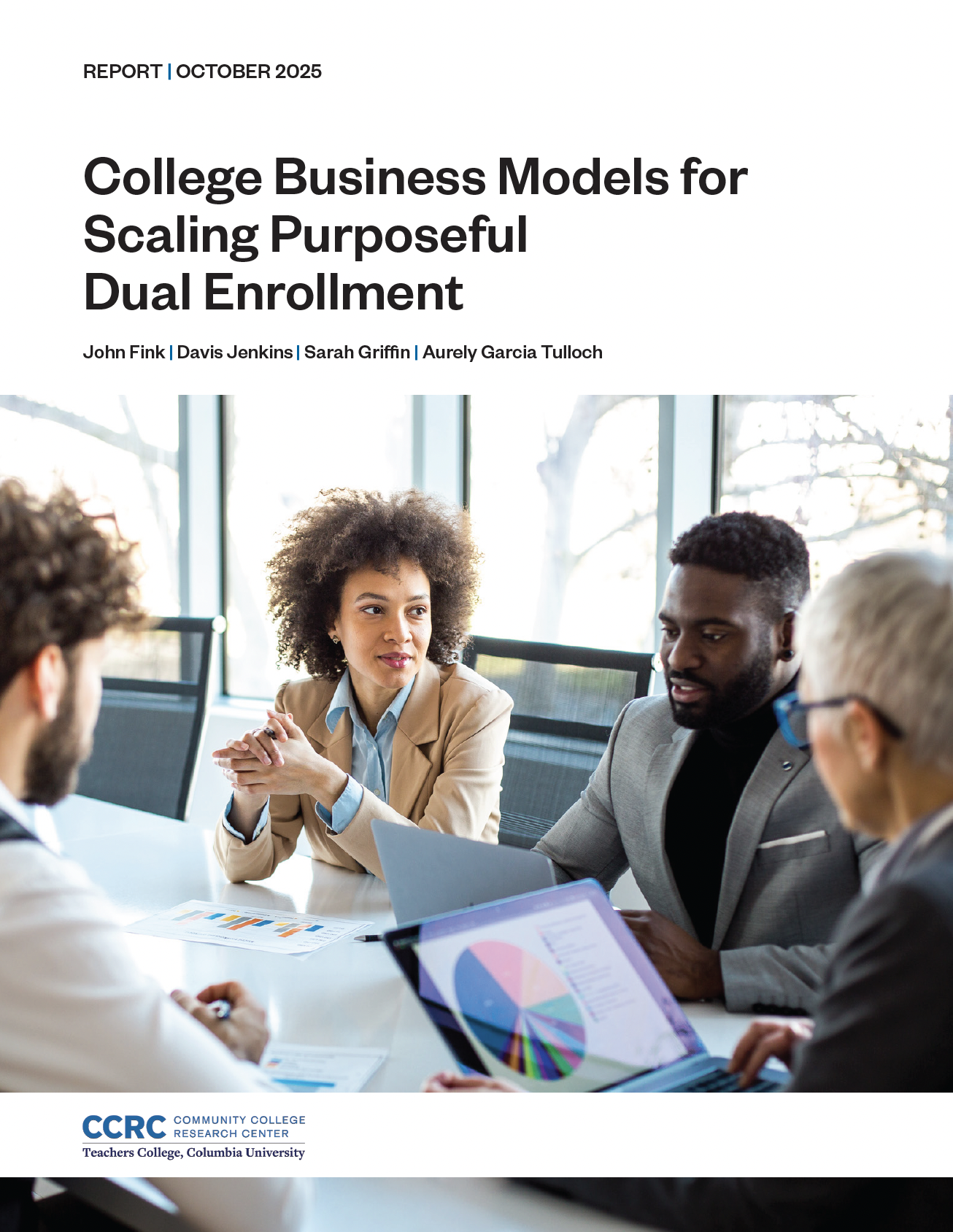
There is a growing consensus that dual enrollment should be more than just an early taste of college; it should serve as a purposeful pathway to career-connected postsecondary education and training, particularly for students who might not otherwise go to college after high school. But to realize the potential of this approach, the business model for dual enrollment must enable colleges and K-12 schools to scale practices for improved outreach, better course alignment, individual advising and planning, and high-quality instruction and support in a way that is financially sustainable but does not shift the cost burden to students and families.
This report examines how community colleges and their K-12 partners are finding ways to allocate, align, and sustain the resources needed to scale dual enrollment equity pathways (DEEP)—a framework for purposeful dual enrollment designed to increase the number of underserved students who pursue degree- and career-connected education and training after high school. The report shows how, even in states that provide little or no direct funding for dual enrollment, colleges are shifting from the conventional low-cost model, which involves lighter student support but generates less downstream revenue, to one that requires higher upfront costs but generates more downstream revenue by providing increased supports that propel more students to pursue postsecondary education after high school.
Accompanying the report is an inquiry and action guide that includes instructions, activities, and discussion to help college leaders conduct a self-study and gap analysis, identify needed resources, and plan allocation strategies to implement priority improvements at scale.
